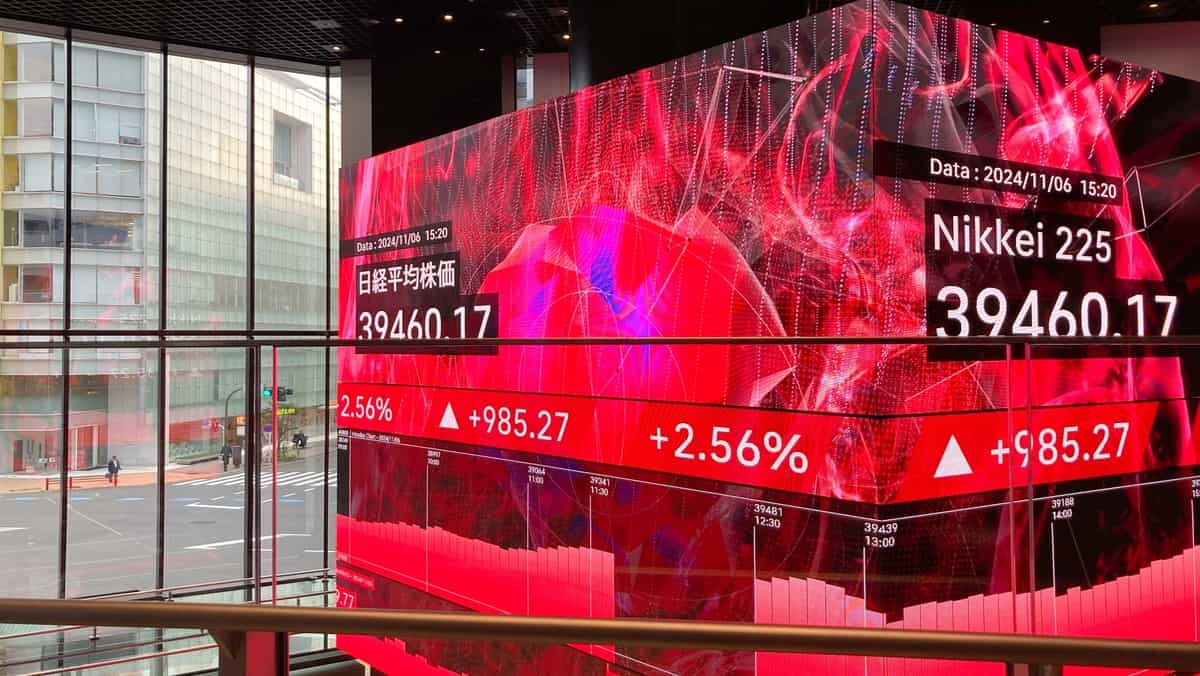
The Positive Volume Index (PVI) is a powerful tool that traders and investors use to analyse stock market trends. It is a technical indicator that measures the strength of buying pressure in a market based on volume.
In this article, we will look into the workings of the PVI, its history, calculation methods, interpretation, benefits, limitations, and tips for incorporating it into your trading strategy.
The Positive Volume Index works by analysing the relationship between volume and price. It is based on the principle that when the volume increases on days when prices rise, it indicates strong buying pressure and positive market sentiment.
Conversely, when the volume increases on days when prices fall, it suggests selling pressure and negative market sentiment. The PVI calculates a cumulative index that reflects the net positive or negative volume over a given period.
This index is then plotted on a chart, allowing traders and investors to visualise the strength of buying pressure and identify potential trends.

The Positive Volume Index was developed by Norman Fosback in the 1960s. Fosback was a renowned technical analyst and market researcher who aimed to create a reliable indicator that could predict trend reversals in the stock market.
He observed that during bull markets, volume tends to rise on up days and fall on down days, indicating a positive relationship between volume and price.
Fosback's research led to the creation of the Positive Volume Index, which has since become a widely used tool in technical analysis.
The Positive Volume Index (PVI) is a momentum indicator used in technical analysis that focuses on days when trading volume increases from the previous day.
The idea behind PVI is to identify trends in price movements that are associated with higher trading volumes, under the assumption that volume increases often accompany significant moves in price either up or down.
The PVI is intended to highlight long-term trends, especially in bull markets.
The formula for updating the Positive Volume Index (PVI) is relatively straightforward and operates under the principle that PVI is only adjusted on days when the volume increases from the previous day. The formula is as follows:

Where:
The PVI starts with an arbitrary base value (e.g., 1000) on the first day of calculation. On days when volume increases compared to the previous day, the PVI is adjusted according to the price change.
If the volume decreases, the PVI remains unchanged from its previous value.
This method highlights the impact of volume increases on price movements and is used alongside its counterpart, the Negative Volume Index (NVI), which only changes on days when volume decreases.
Interpreting the Positive Volume Index requires an understanding of its key components. When the PVI is rising, it indicates that buying pressure is increasing, suggesting a bullish market.
Conversely, when the PVI is falling, it suggests that selling pressure is increasing, indicating a bearish market. Traders and investors can also look for divergences between the PVI and the price chart. If the PVI is rising while prices are falling, it could be a sign of a potential trend reversal.
On the other hand, if the PVI is falling while prices are rising, it could indicate weakening market strength.

The Positive Volume Index offers several benefits to traders and investors.
Firstly, it provides a clear visual representation of buying and selling pressure, allowing for better market analysis and decision-making.
Secondly, it helps identify potential trend reversals, enabling traders to enter or exit positions at favourable times.
Thirdly, the PVI can be used in conjunction with other technical indicators to confirm signals and improve overall trading accuracy.
Lastly, it provides a historical perspective on market sentiment, helping traders and investors understand the underlying forces driving price movements.
While the Positive Volume Index is a valuable tool, it is not without limitations. Firstly, it may generate false signals during periods of low volume or when there is excessive noise in the market.
Secondly, the PVI is primarily focused on volume and may overlook other important market factors.
Therefore, it is essential to use the PVI in conjunction with other technical and fundamental analysis tools to obtain a more comprehensive understanding of market trends.
Finally, like any technical indicator, the PVI is not foolproof and should be used as part of a broader trading strategy.
To effectively incorporate the Positive Volume Index into your trading strategy, consider the following tips:
Combine the PVI with other technical indicators to validate signals and increase trading accuracy.
Use the PVI in conjunction with price chart analysis to identify potential trend reversals.
Pay attention to divergences between the PVI and the price chart, as they can provide valuable insights into market sentiment.
Experiment with different time periods and settings to find the optimal parameters for the PVI that align with your trading style.
Stay disciplined and avoid relying solely on the PVI; always consider other market factors and conduct thorough analysis before making trading decisions.
In conclusion, the Positive Volume Index is a valuable tool for traders and investors seeking to gain insights into market sentiment and identify potential trends.
By understanding how the PVI works, calculating it accurately, and interpreting its signals effectively, traders can make more informed decisions and improve their overall trading performance.
However, it is crucial to recognize the limitations of the PVI and use it in conjunction with other technical and fundamental analysis tools.
By incorporating the Positive Volume Index into your trading strategy, you can enhance your ability to navigate the complex world of the stock market and increase your chances of success.
Learn and trade with market.com, the ultimate trading community.
“When considering “CFDs” for trading and price predictions, remember that trading CFDs involves a significant risk and could result in capital loss. Past performance is not indicative of any future results. This information is provided for informative purposes only and should not be considered investment advice.”
Risk Warning: this article represents only the author’s views and is for reference only. It does not constitute investment advice or financial guidance, nor does it represent the stance of the Markets.com platform.When considering shares, indices, forex (foreign exchange) and commodities for trading and price predictions, remember that trading CFDs involves a significant degree of risk and could result in capital loss.Past performance is not indicative of any future results. This information is provided for informative purposes only and should not be construed to be investment advice. Trading cryptocurrency CFDs and spread bets is restricted for all UK retail clients.

World Index Today: In today's trading session, global stock indices have shown varied performances, reflecting a mix of investor sentiment and economic indicators.

Stock Market News: The global stock market landscape is constantly evolving, influenced by economic indicators, geopolitical events, and corporate developments.

Amazon (AMZN) Shares Jumped 4% Today: Amazon.com, Inc. is one of the largest e-commerce and cloud computing companies in the world.
set cookie